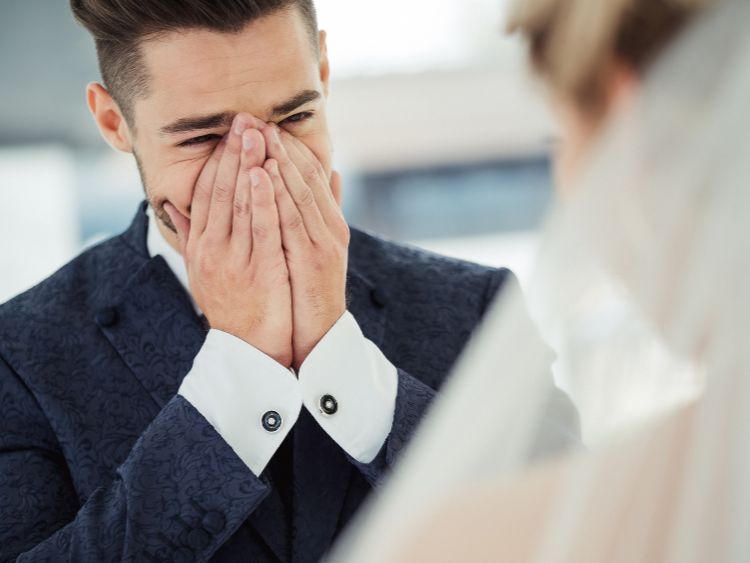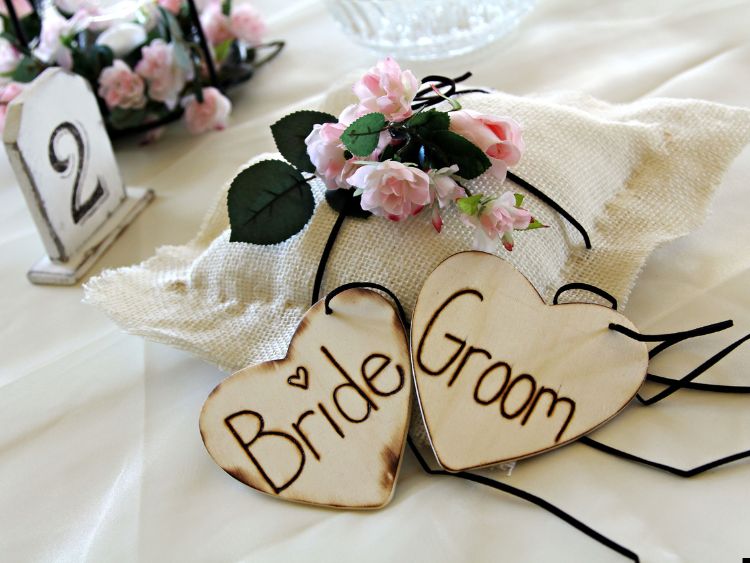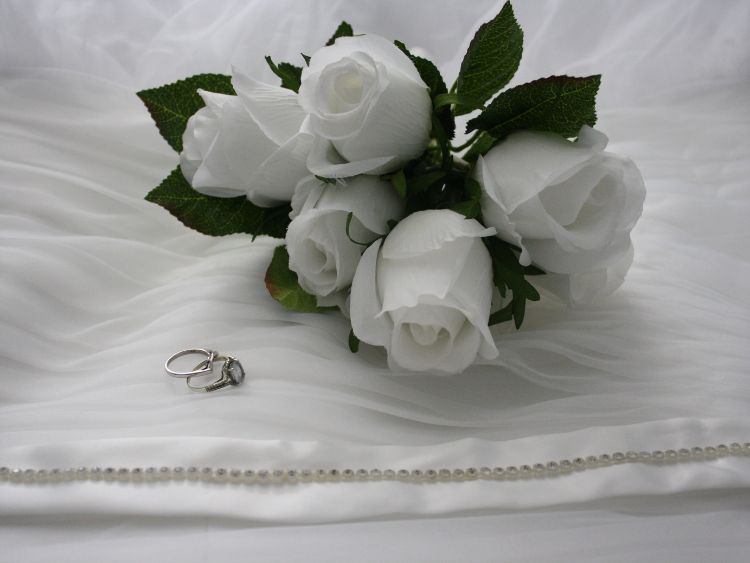Men’s Formal Attire: The Ultimate Guide to Dressing Sharp
When it comes to making a lasting impression, nothing speaks louder than the right outfit. Men’s formal attire isn’t just about putting on a suit and tie; it’s about understanding the nuances of style, fit, and occasion. Whether you’re dressing for a wedding, a job interview, or a gala, knowing how to piece together the perfect formal look can set you apart. This guide will walk you through everything you need to know about men’s formal attire, ensuring you look sharp and feel confident.
Understanding the Basics of Men’s Formal Attire
Before diving into the specifics, it’s essential to grasp the basics. Men’s formal attire typically includes a suit, dress shirt, tie, and appropriate shoes. However, the devil is in the details. The fit of your suit, the color of your tie, and even the style of your shoes can make or break your look.
The Suit
The suit is the cornerstone of men’s formal attire. A well-tailored suit should fit you like a glove, enhancing your physique while allowing you to move comfortably. Here’s what you need to consider:
- Fit: Opt for a slim or tailored fit for a modern, sleek look. Ensure that the shoulders of your jacket align perfectly with your natural shoulder line. The jacket should taper slightly at the waist, and the pants should break just above your shoes.
- Fabric: Wool is the most common fabric for formal suits due to its durability and breathability. For warmer climates, consider lightweight fabrics like cotton or linen.
- Color: Classic colors like navy, charcoal, and black are versatile and appropriate for most formal occasions. For a touch of personality, you can experiment with patterns like pinstripes or checks, but keep it subtle.
The Dress Shirt
Your dress shirt is the layer closest to your body, making comfort and fit paramount. Here’s what to look for:
- Fit: Like your suit, your shirt should be well-fitted but not too tight. The seams should sit on your shoulders, and there should be enough room to comfortably button the collar without feeling choked.
- Collar Style: The collar style can influence the formality of your outfit. A spread collar is versatile and works well with a tie, while a point collar is more traditional.
- Color and Fabric: White and light blue are the go-to colors for formal shirts. They pair well with almost any suit color. Cotton is the preferred fabric for its breathability and crisp appearance.
The Tie
The tie is where you can inject a bit of your personality into your formal attire. However, it still needs to adhere to certain rules:
- Length and Width: Your tie should reach your belt buckle, and the width should be proportionate to your lapel. Slim ties work well with modern suits, while wider ties complement more traditional outfits.
- Knot: The type of knot you choose should match the formality of the occasion. A Windsor knot is ideal for formal events, while a four-in-hand knot is more relaxed.
- Color and Pattern: Solid colors are always safe, but subtle patterns like stripes or small dots can add interest. Ensure that your tie complements your suit and shirt without clashing.
The Shoes
Shoes are often an afterthought, but they can make or break your formal outfit. Here’s what to consider:
- Style: Oxfords and Derbies are the most appropriate styles for formal attire. They are sleek and minimalistic, perfect for complementing a suit.
- Color: Black shoes are the most formal and versatile, but dark brown shoes can add a touch of warmth to your outfit. Always match your shoes with your belt.
- Condition: Ensure your shoes are polished and in good condition. Scuffed shoes can ruin an otherwise perfect outfit.
Accessorizing Your Formal Attire
Accessories may seem minor, but they can significantly enhance your overall look. The key is subtlety and coordination.
Pocket Square
A pocket square adds a dash of sophistication to your suit. It should complement, not match, your tie. A simple white pocket square is classic, but feel free to experiment with colors and patterns for a modern twist.
Cufflinks
Cufflinks are essential for French cuff shirts and add a level of formality to your outfit. Opt for simple, elegant designs in silver or gold.
Watch
A sleek, classic watch is the perfect accessory for formal attire. Avoid bulky or overly sporty watches, as they can detract from the elegance of your outfit.
Belt
Your belt should match the color and style of your shoes. A slim, leather belt with a simple buckle is ideal for formal occasions.
Dressing for the Occasion
Formal attire can vary depending on the event. Here’s how to tailor your look for different occasions:
Business Formal
For a business setting, stick to the classics. A dark navy or charcoal suit paired with a crisp white shirt and conservative tie will always look professional. Keep accessories minimal and opt for polished black Oxfords.
Black Tie Event
A black-tie event calls for a tuxedo. Your tuxedo should be black or midnight blue with satin lapels. Pair it with a formal white dress shirt, a black bow tie, and patent leather shoes. A cummerbund or waistcoat is optional but can add an extra layer of formality.
Wedding
Weddings offer a bit more flexibility. A light grey or navy suit is appropriate for most weddings. You can be a bit bolder with your tie and pocket square, choosing colors that complement the wedding’s theme. If the wedding is black-tie optional, follow the guidelines for black-tie attire.
Cocktail Party
For a cocktail party, you can experiment with textures and colors. A velvet blazer or a suit in a rich jewel tone can make you stand out. Keep your shirt and tie simple to balance the look.
Common Mistakes to Avoid
Even the most well-dressed man can fall victim to common formal attire mistakes. Here’s what to watch out for:
- Ill-Fitting Clothes: No matter how expensive your suit is, if it doesn’t fit well, it won’t look good. Always get your suit tailored.
- Mismatched Shoes and Belt: Your shoes and belt should always match in color and style. This simple rule ties your outfit together.
- Over-Accessorizing: Less is more when it comes to accessories. Stick to a few key pieces that complement your outfit without overwhelming it.
- Ignoring the Dress Code: Always adhere to the dress code of the event. Showing up underdressed or overdressed can make you feel out of place.
FAQs About Men’s Formal Attire
Q: How can I ensure my suit fits properly?
A: The best way to ensure a proper fit is to get your suit tailored. Off-the-rack suits rarely fit perfectly, so alterations are often necessary.
Q: Can I wear brown shoes with a black suit?
A: It’s generally best to stick with black shoes for a black suit, as it maintains the formality. However, dark brown shoes can work in less formal settings.
Q: What type of tie should I wear to a job interview?
A: A simple, conservative tie in a solid color or subtle pattern is best for a job interview. Avoid overly bold colors or flashy patterns.
Q: Is it acceptable to wear a vest without a jacket?
A: Wearing a vest without a jacket can give off a more relaxed vibe. It’s suitable for less formal occasions but not recommended for strictly formal events.
Q: How do I choose the right dress shirt collar?
A: The choice of collar should complement the shape of your face. A spread collar is versatile and suits most face shapes, while a point collar can help elongate a round face.
Conclusion
Mastering men’s formal attire is about more than just throwing on a suit and tie. It’s about understanding the subtle details that make an outfit stand out, from the fit of your suit to the shine on your shoes. Whether you’re dressing for a business meeting, a wedding, or a black-tie event, this guide has provided you with the knowledge you need to look your best. Remember, the key to great style is confidence—when you feel good in what you’re wearing, it shows.
Authoritative Links
- https://www.gq.com
- https://www.realmenrealstyle.com
- https://www.brostrick.com
- https://www.artofmanliness.com
- https://www.esquire.com
By following these guidelines, you’ll ensure that your formal attire not only fits the occasion but also enhances your personal style.



